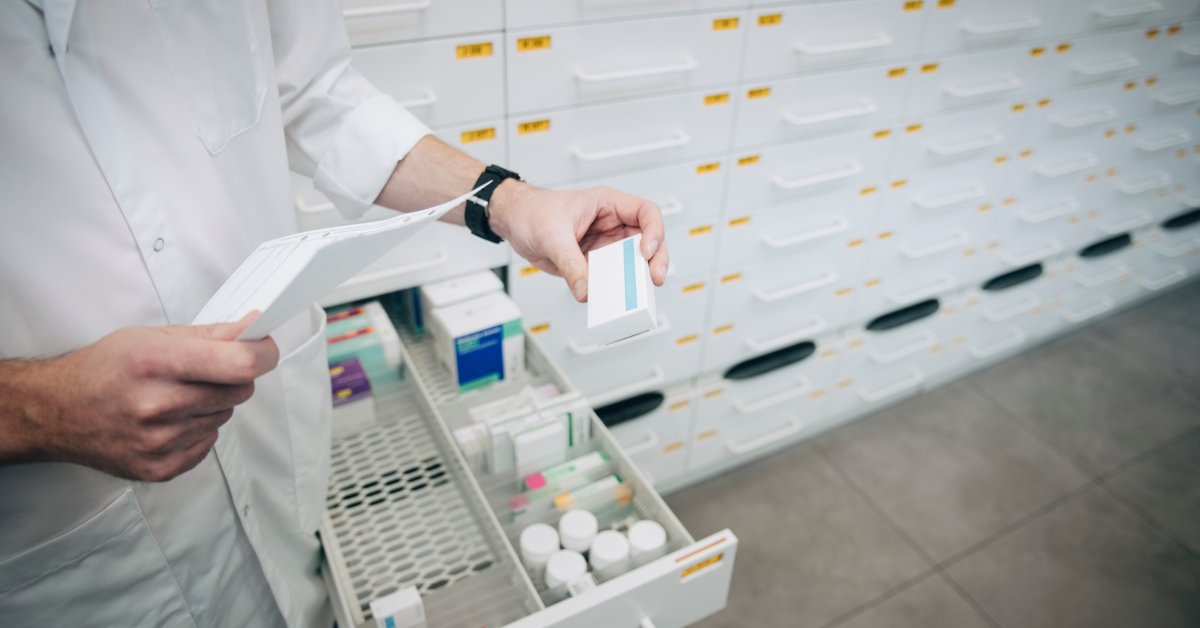Today’s illicit drug supply is riskier than ever, experts say. It’s often contaminated by different dangerous substances—from the potent opioid fentanyl, to the horse tranquilizer xylazine, to benzodiazepines—which makes using illegal drugs more unpredictable and raises the risk of overdose.
These risks make effective treatments indispensable. However, one of the most successful treatments for opioid dependence—buprenorphine—is difficult to get at most pharmacies across the country, according to a new study published in the journal Drug and Alcohol Dependence.
Researchers conducted secret-shopper phone calls to nearly 5,000 pharmacies in 11 states from 2020 to 2021 and found that buprenorphine, an opioid-dependence drug that has been shown to halve opioid users’ risk of dying, was readily available in less than half of them. Some states had worse availability than others. In California, where buprenorphine was the least available, only 31% of pharmacies carried it, while in Maine, which had the most availability, 86% of pharmacies did. The study also found that naloxone, which reverses the effects of an overdose and is sold its nasal spray form as Narcan, was only available in 70% of pharmacies surveyed.
The results suggest that many health-care professionals don’t regard opioid-dependence drugs—especially buprenorphine—as life-saving, essential treatments, says study co-author Lucas Hill, director of the pharmacy addictions research and medicine program at the University of Texas at Austin’s College of Pharmacy. “It’s frustrating to see health professionals of all types continue to see buprenorphine as an optional part of their health care practice,” he says. “Buprenorphine is our best tool to help people with opioid use disorder who are at risk of overdose death, due to the current poisoning of the illegal drug supply.”
Buprenorphine, which is commonly dispensed as Suboxone (a combination of buprenorphine and naloxone) is crucial for many patients with opioid use disorder and is often favored over the two other medications available, methadone and naltrexone. Unlike methadone, buprenorphine can be legally prescribed outside of an opioid treatment program. And compared to patients using naltrexone—which blocks the effects of opioids—it’s easier to initiate, because patients don’t need to detox before starting treatment. It also enables patients to maintain their opioid tolerance, which makes them less vulnerable to an overdose if they later use an opioid.
Despite the drug’s efficacy, it’s been tightly regulated since it was first approved for opioid use disorder 20 years ago—in part, because buprenorphine itself is an opioid and has potential for abuse. The U.S. Drug Enforcement Administration (DEA) has recently cracked down on pharmacies that fill lots of prescriptions for buprenorphine, which is a controlled substance. Doctors and other clinicians who wish to prescribe buprenorphine to their patients must obtain a special license, called an X-waiver. Yet less than 10% of physicians have X-waivers, which advocates say cuts many patients off from treatment.
Hill’s research revealed three trends that predict whether a pharmacy is likely to carry buprenorphine. Large, national chains are more likely to stock it than independent pharmacies. It’s also more likely to be available in pharmacies in states that have expanded Medicaid, as well as in states where opioid overdose deaths are more common. (There are some exceptions; California, for instance, expanded Medicaid but still has less buprenorphine access than most other states.)
Some independent pharmacists have reported being reluctant to carry buprenorphine because they’re concerned that filling too many prescriptions of the drug may trigger a DEA investigation. Buprenorphine wholesalers are required to flag large or otherwise suspect orders to the DEA. Taleed El-Sabawi, an assistant professor of law at Florida International University College of Law who studies addiction, argues that the DEA should issue official guidelines about dispensing buprenorphine to make it clear to pharmacists that they can offer it to patients without repercussions and direct a campaign to promote dispensing buprenorphine directly to pharmacies that aren’t carrying it. “The DEA is feared by the pharmacists,” says El-Sabawi.
Some pharmacists are also worried that there may not being enough demand for the drugs, which could expire sitting on a shelf and cost them money, Hill says. Another deterrent, he says, is a persistent stigma against people who have opioid use disorder.
Amid such a crisis of overdoses, Hill argues that pharmacists should set aside their doubts and make buprenorphine available to people who need it. “If you’re not sure, the answer is always to lean toward dispensing,” he says, “because this is a life-saving medication.”
More Must-Read Stories From TIME














